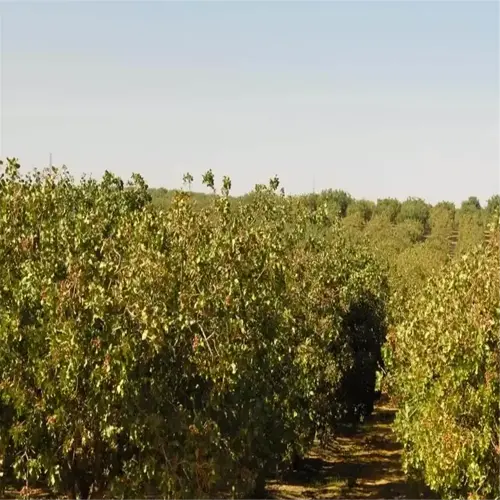Can I grow pomegranates from seeds?

Written by
Julia Anderson
Reviewed by
Prof. Charles Hartman, Ph.D.Having patience when growing pomegranate trees from seed is challenging, but curiosity leads to discovery. Seed propagation is possible in USDA Zones 7-11, but the first fruit will not appear for five or more years. I've used this method to grow seven trees, and only three trees bear fruit. The flavors of the fruit the trees bore vary significantly from the tartness of a Granny Smith apple to the sweetness of honey.
Seed Challenges
- Slow growth: 12-18 inches/year versus 24+ inches for cuttings
- Unpredictable fruit: 60% chance of inferior taste/texture
- Cross-pollination needs: Requires multiple seedlings
Seed Advantages
- Cost-effective: Free from store-bought fruit
- Genetic diversity: Chance of novel hybrids
- Educational value: Ideal for gardening projects
Start with fresh seeds from fully ripe ‘Wonderful' pomegranates. Soak seeds overnight, and plant seeds of any size at 1/2 inch depth in a sterile mix. I typically use a mix of 70% perlite and 30% compost. Seeds should germinate within 3-6 weeks at 75 degrees Fahrenheit. One client's seedling sprouted after 14 months, so don't give up too early on the pots.
Soil pH is more important for seeds than for cuttings. The test kits should have a reading of 5.5-7.2. My Arizona seedlings did not succeed until I increased the acidity of the alkaline soil with peat moss. Clay soils- you can construct 8-inch raised beds. Sandy soils- you can add coco coir (20%) to improve moisture retention.
Seedlings require continuous care. Water as soon as the surface layer of soil is dry to the touch - I test the dryness with my finger. The full sun helps to strengthen stems. Avoid fertilizers with high nitrogen; they encourage leggy greens rather than fruit. I watered my healthiest seedling with a diluted seaweed extract once a month.
Before planting seeds, it is recommended to cold-stratify for optimal germination. Once seeds are dampened, store the seeds and vermiculite in the fridge for a minimum of 6 weeks. This is a simulation of winter. From my experience, I have seen germination rates increase from around 40% to 65% using this method. It is best to label each container, to help differentiate between types of seeds.
When you patiently await the years it takes for your trees to bear fruit, take time to enjoy the process. Observe, record, and share the growth habits of these trees with local or state gardening clubs. One of my rarest seedlings, with a group of white flowers, ended up presenting itself at a local botanical garden. Even trees that do not bear fruit produce a striking ornamental plant.
Read the full article: How to Grow Pomegranate: Expert Tips for Success

